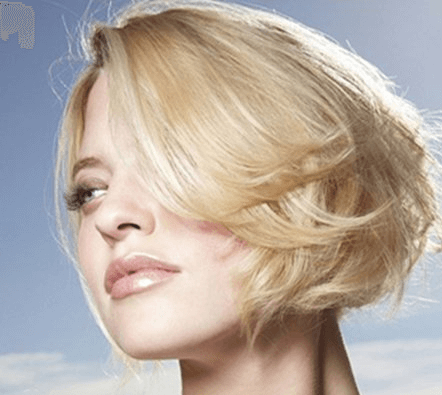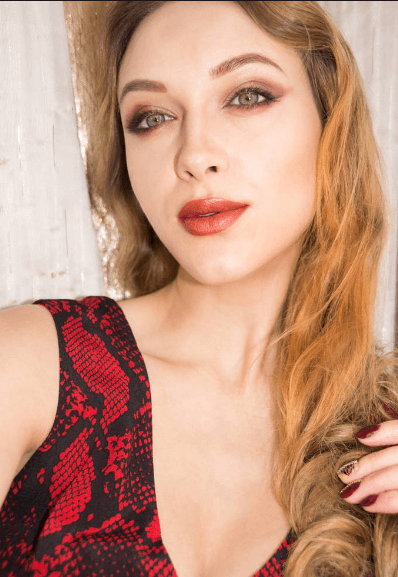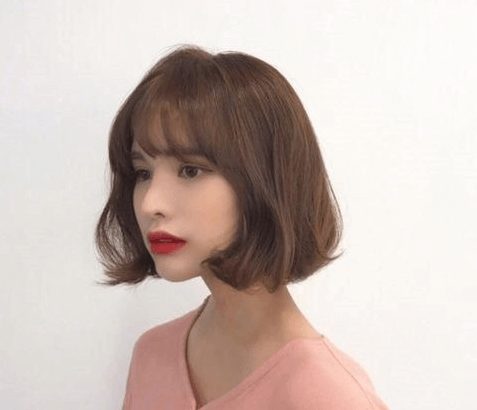Current Usage
In Britain, most Commonwealth nations, and the Republic of Ireland special wigs are also worn by barristers, judges, and certain parliamentary and municipal or civic officials as a symbol of the office. Hong Kong barristers and judges continue to wear wigs as part of court dress as an influence from their former jurisdiction of the Commonwealth of Nations. In July 2007, judges in New South Wales, Australia voted to discontinue the wearing of wigs in the NSW Court of Appeal. New Zealand lawyers and judges have ceased to wear wigs except for special ceremonial occasions such as openings of Parliament or the calling of newly qualified barristers to the bar.
A number of celebrities, including Nicki Minaj, Dolly Parton, Lady Gaga, Diana Ross & The Supremes, Tina Turner and Raquel Welch have popularized wigs. Cher has worn all kinds of wigs in the last 40 years- from blonde to black, and curly to straight. They may also be worn for fun as part of fancy dress (costume wearing), when they can be of outlandish colour or made from tinsel. They are quite common at Halloween, when “rubber wigs” (solid bald cap-like hats, shaped like hair), are sold at some stores.
Jewish law requires married women to cover their hair for reasons of modesty (tznius). Some women wear wigs, known as sheitels, for this purpose. Haredi, Orthodox and Modern Orthodox Jewish women will often wear human-hair wigs.
Wigs are used in film, theater, and television. In the Japanese film and television genre Jidaigeki, wigs are used extensively to alter appearance to reflect the Edo Period when most stories take place. Only a few actors starring in big-budgeted films and television series will grow their hair so that it may be cut to the appropriate hair style, and forgo using a wig.
Wigs are worn by some people on a daily or occasional basis in everyday life. This is sometimes done for reasons of convenience, since wigs can be styled ahead of time. They are also worn by individuals who are experiencing hair loss due to medical reasons (most commonly cancer patients who are undergoing chemotherapy, or those who are suffering from alopecia areata).
Manufacture
There are two methods of attaching hair to wigs. The first and oldest is to weave the root ends of the hair onto a warp of three silk threads to form a sort of fringe called a “weft.” The wefts are then sewn to a foundation made of net or other material. In modern times, the wefts can also be made with a specially adapted sewing machine, reducing the amount of hand labour involved. In the 19th century another method came into use. A small hook called a “ventilating needle,” similar to the tambour hooks used for decorating fabric with chain-stitch embroidery at that period, is used to knot a few strands of hair at a time directly to a suitable foundation material. This newer method produces a lighter and more natural looking wig. High quality custom wigs, and those used for film and theatrical productions are usually done this way. It is also possible to combine the two techniques, using weft for the main part of the wig and ventilating hair at the edges and partings to give a fine finish.

Measurement
Making custom wigs starts with measuring the subject’s head. The natural hair is arranged in flat curls against the head as the various measurements are taken. It is often helpful to make a pattern from layers of transparent adhesive tape applied over a piece of plastic wrap, on which the natural hairline can be traced accurately. These measurements are then transferred to the “block,” a wooden or cork-stuffed canvas form the same size and shape as the client’s head.
Foundation
Depending on the style of the wig, a foundation is made of net or other material, different sizes and textures of mesh being used for different parts of the wig. The edges and other places might be trimmed and reinforced with a narrow ribbon called “galloon.” Sometimes flesh colored silk or synthetic material is applied where it will show through the hair at crown and partings, and small bones or elastic are inserted to make the wig fit securely. Theatrical, and some fine custom wigs have a fine, flesh colored net called “hair lace” at the front which is very inconspicuous in wear and allows the hair to look as if it is coming directly from the skin underneath. These are usually referred to as “lace front wigs.”
Hair Preparation
Natural hair, either human or from an animal such as a goat or yak, must be carefully sorted so that the direction of growth is maintained, root to root, and point to point. Because of the scale-like structure of the cortex of a hair shaft, if some hairs get turned the wrong way, they will ride backwards against their neighbors and cause tangles and matting. The highest quality of hair has never been bleached or colored, and has been carefully sorted to ensure the direction is correct. For less expensive wigs, this labour-intensive sorting process is substituted for by “processing” the hair. It is treated with a strongly base solution which partially dissolves the cortex leaving the strands smooth, It is then bleached and dyed to the required shade and given a synthetic resin finish which partially restores the strength and luster of the now damaged hair. Synthetic fiber, of course, is simply manufactured in the required colors, and has no direction.
The wigmaker will choose the type, length and colors of hair required by the design of the wig and blend them by pulling the hair through the upright teeth of a brush-like tool called a “hackle” which also removes tangles and any short or broken strands. The hair is placed on one of a pair of short-bristled brushes called “drawing brushes” with the root ends extending over one edge, and the second brush is pressed down on top of it so that a few strands can be withdrawn at a time, leaving the rest undisturbed.
Adding the Hair
Weft structured wigs can have the wefts sewn to the foundation by hand, while it is on the block or, as is common with mass-produced wigs, sewn to a ready-made base by skilled sewing machine operators. Ventilated (hand knotted) wigs have the hair knotted directly to the foundation, a few strands at a time while the foundation is fastened to the block. With the hair folded over the finger, the wigmaker pulls a loop of hair under the mesh, and then moves the hook forward to catch both sides of the loop. The ends are pulled through the loop and the knot is tightened for a “single knot”, or a second loop is pulled though the first before finishing for a “double knot.” Typically, the bulkier but more secure double knot is used over the majority of the wig and the less obvious single knot at the edges and parting areas. A skilled wigmaker will consider the number of strands of hair used and the direction of each knot to give the most natural effect possible.
It takes generally six heads of hair to make a full human hair wig. Styling At this point, the hair on the wig is all the same length. The wig must be styled into the desired form in much the same manner as a regular stylist.
Fitting
The subject’s natural hair is again knotted tightly against the head and the wig is applied. Any remaining superfluous wiglace is trimmed away. Hairpins can be used to secure the lace to the hair and occasionally, skin-safe adhesives are used to adhere the wig against bald skin and to better hide any exposed lace. Finishing touches are done to the hair styling to achieve the desired effect.
Types of Human Hair Wigs
There are two basic kinds of human hair wigs: lace wigs and non-lace wigs (lace front or full lace.) Lace wigs are made partially (lace front) or entirely (full lace) of various forms of lace. Regular human hair wigs are similar to synthetic wigs in their design. Human hair wigs can also be “hand tied”, where a full lace cap is used and each hair is attached one at a time. Hair type is the distinguishing factor in human hair wigs.
Four main types of hair are used in manufacturing : Chinese or “Malaysian”, Indian, Indonesian or “Brazilian”, and Caucasian or “European.” The majority of human hair wigs are made of Chinese or Indian hair, while European hair is considered the most expensive and rare, as most donors are from Russia or Northern Europe, where there is a smaller portion of hair donors to the market.

